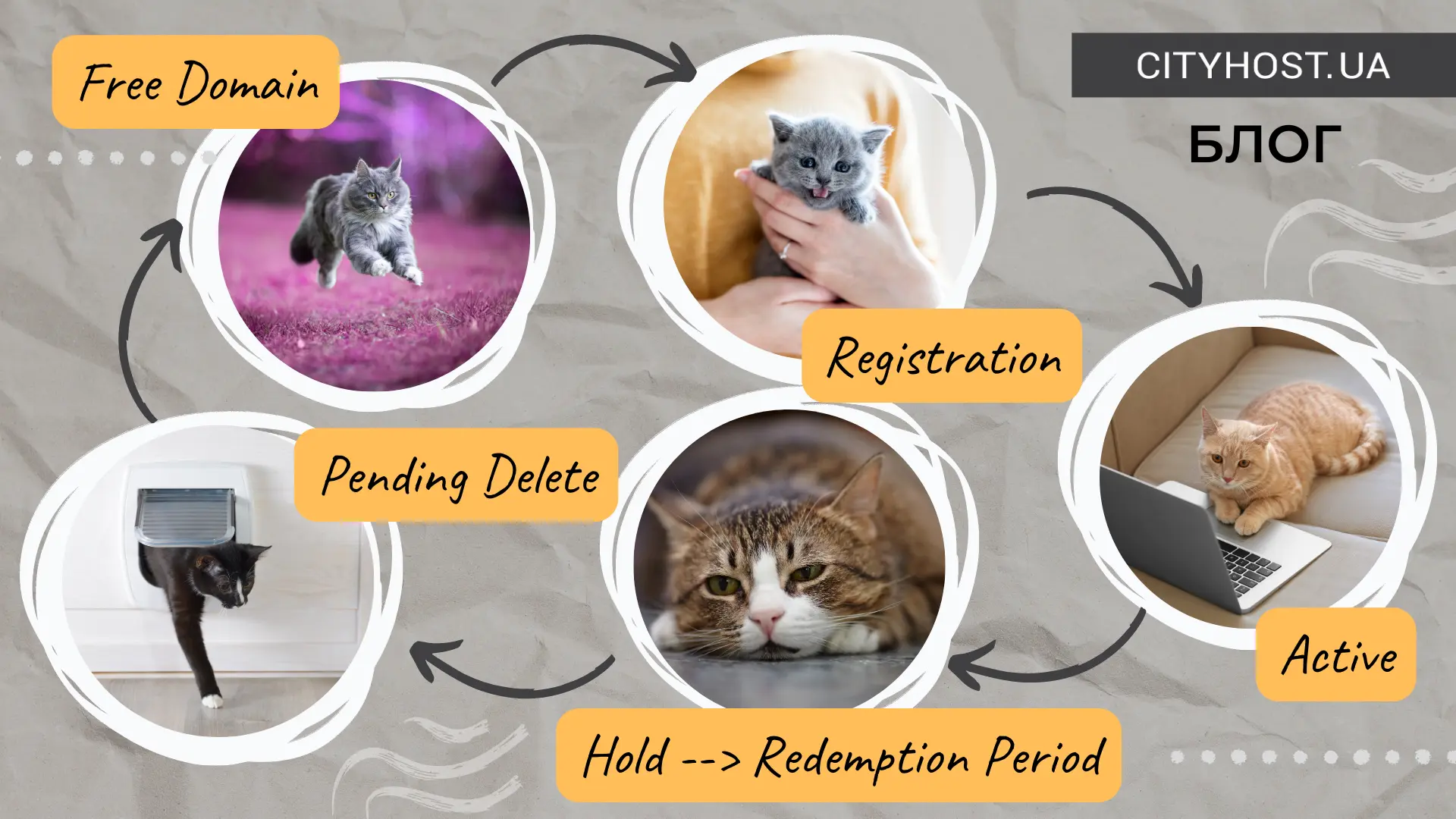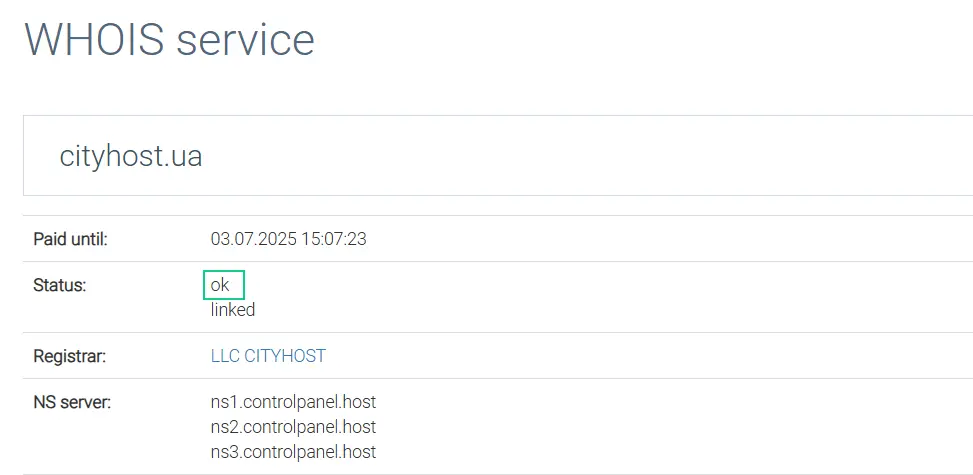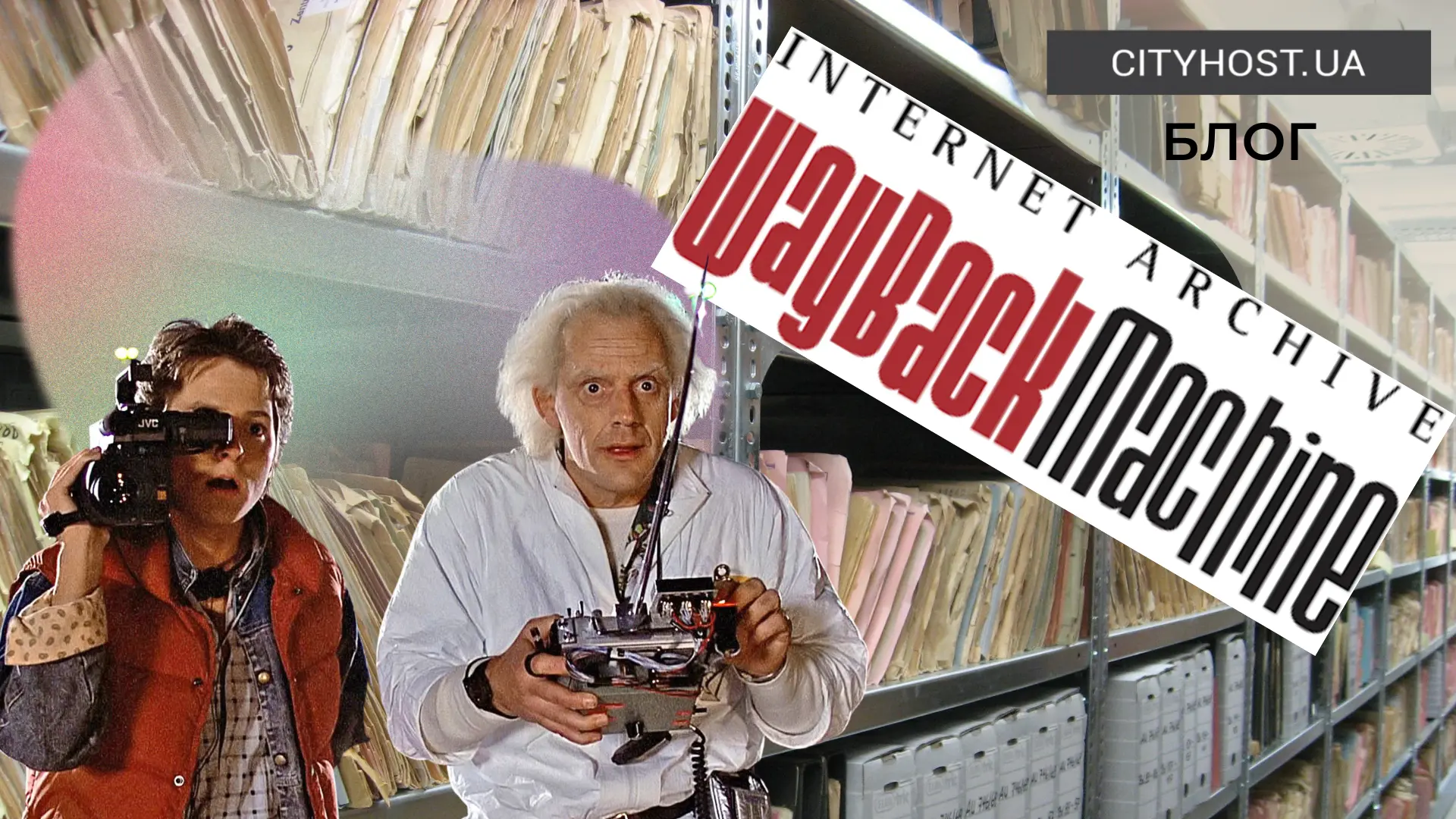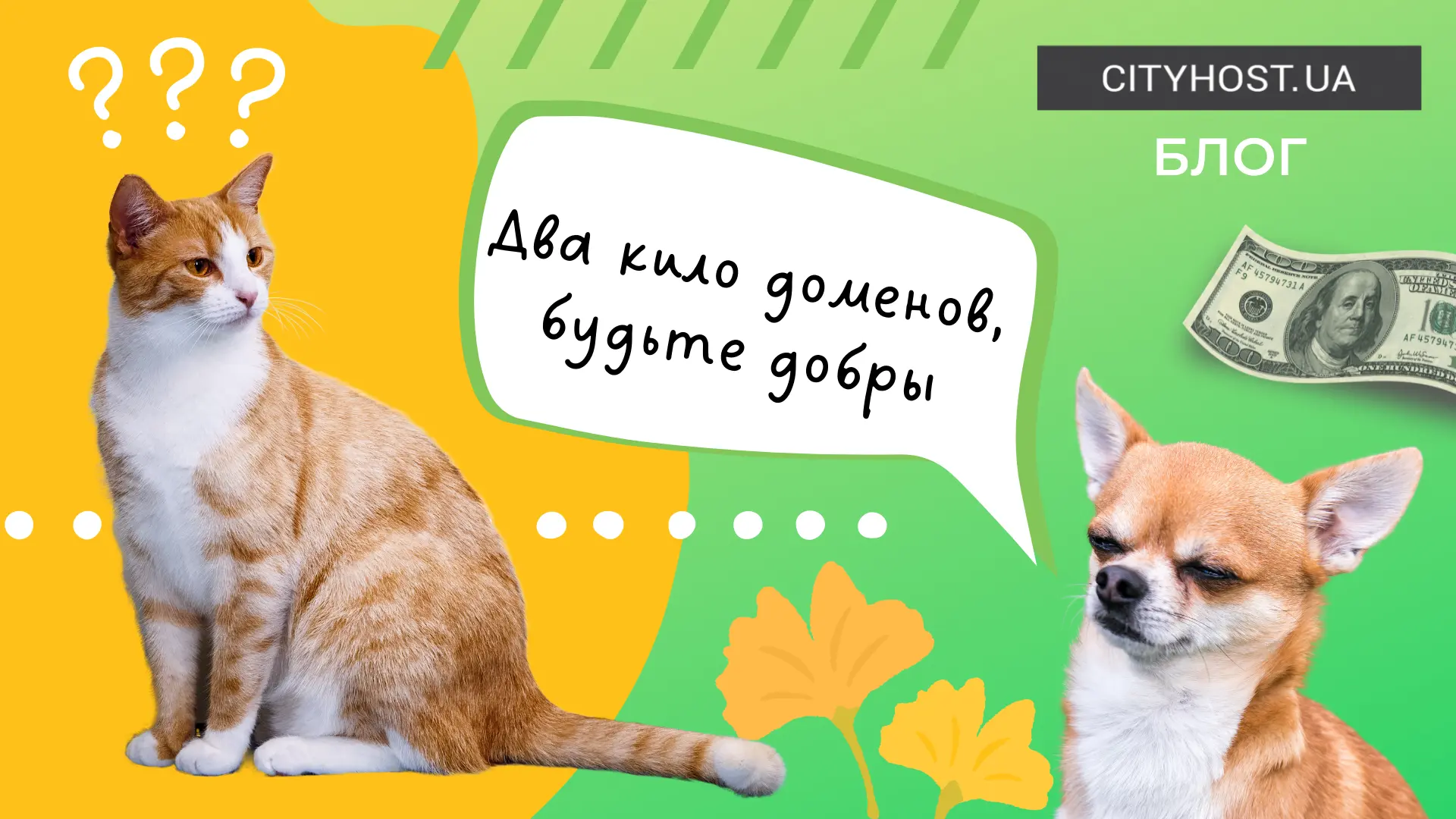
The life cycle of a domain is the interval from the moment of domain registration to the moment of its deletion. Many site owners do not think about the fact that behind the process of registering and configuring the site address is hidden a whole set of actions that affect its operation and visibility on the Internet. In this article, we'll take a look at each phase of the lifecycle and explain what important points need to be considered at each stage to ensure a successful online presence.
The life cycle of a domain can be divided into 5 phases:
1. Available. The domain name is free for registration.
2. Registered. The domain is registered and serves the owner.
3. Hold. The validity period is suspended.
4. RedemptionPeriod. Redemption period. Restoration is possible only at an increased price.
Next, we will consider each of the stages in more detail.
Free for registration (Available)
A domain name can be free to register for several reasons. For example, the address is created for the first time and has not been registered before. Or the name has been released by the owner who previously registered it, but decided not to renew. It returns to the Available phase after final removal.
In this phase of the domain cycle, the user can choose a unique address for the site and register it. To do this, you need to check availability using domain search tools provided by registrars.
Read also: TOP-5 Ukrainian domains for the site
Registration and active domain phase (Registered)
Domain registration is the process of reserving a unique address for your website. It usually includes choosing a name, checking availability and registration by registrant.
Domain availability check
First, you need to check the domain for availability: find out if it is free for registration. For this, you can use verification services. For example, the Whois service is designed to determine all information about an address:
-
by whom and when registered,
-
date of creation and date of changes in the domain,
-
status (which phase it is in),
-
names of NS servers,
-
contacts for complaints,
-
registrar company, etc.
For example, for the domain cityhost.ua, the service displays the status ok, that is, the domain is active.

If the domain is free, the system will issue the answer "No entries found for..."
Registration
After choosing and checking the availability of the domain, you can proceed to secure it for you. To do this, you need to choose a registrar and fill out the appropriate registration application. The application usually contains information about the owner, contact details, the selected domain and the term for which you are registering it.
The client can independently decide for what term the domain is purchased: usually it is 1 year, but it is possible to register up to 10 years.
Active phase
After registration, the active phase begins, i.e. the domain works, the site hosted on it is visible on the network and in search engines.
For a working domain, the status in Whois will be OK or ACTIVE.
Action suspended (Hold)
This status appears when the activity is suspended. Most often, the status is set by the registrar for non-payment of domain extension. During this period, it is not possible to make changes about the owner or DNS. Also, you cannot change the registrar while the domain is in "Hold" status. To unlock, it is enough to pay the debt within 29-40 days (terms are set by the administrator of the domain zone). In this phase, the service can be continued at the usual price.
"Hold" status can be obtained not only if the domain is expired. Other reasons include incorrect contact details of the owner or complaints about violations of the rules for using the name. The site address may be blocked by the registrar if it violates copyright. If it uses a trademark name, its owner has the right to complain. Also, names cannot contain obscene or offensive words and be used to spread viruses or spam.
To remove the block in such a case, it is necessary to contact the registration company and resolve the cause of the complaint. In some cases, the registrar is able not only to block the address, but also to delete it.
Read also: UA-DRP - how to defend your right to a domain
Redemption period. Redemption is possible only at an increased price (RedemptionPeriod)
If the client has not paid for the service during the "Hold" period, the domain enters the redemption phase - this is the last chance to renew it. DNS records are disabled, information about the owner is deleted. It will no longer be possible to extend the life of the domain name at the usual price, but the registrar is ready to offer to return the active status for an additional fee. You should contact your registration company to find out how long the redemptionPeriod lasts, as it varies. As a rule, it is 25-30 days. If the owner does not show interest in restoration during the Redemption Period, the name will be permanently removed from the zone and will become available for new registration by other users. In this case, the domain record will be deleted from the zone registry and whois, and recovery will not be possible.
In order not to face such a situation, it is important to register the address for the maximum period possible for you and to take care of updating the validity period in time.
Not all registrars provide a RedemptionPeriod recovery service, so it is important to carefully read the company's policy regarding domain name management, including in the event of domain name deletion.
Period of final deletion (PendingDelete)
Without recovery at the RedemptionPeriod stage, the domain is queued for deletion. The removal phase lasts 5-15 days. At this stage, the address is removed from the registry and no longer belongs to the owner. Sites with this name will not work. It cannot be restored, transferred to another registry, owner data changed, etc. After the end of the Pending Delete phase, the domain becomes available for registration by other users - usually within 24-72 hours after the end of this phase.
Not all domains go through the Pending Delete phase. If the previous owner decides to give it up before the start of the Redemption Period, the address will be released and available for registration immediately. If the deletion happened by mistake, you can restore it within 30 days after the deletion.

The peculiarity of deleted domains is that they may already have a certain authority among search engines. They could be referred to, due to which traffic will flow to the site after the purchase by the new owner. For the same reason, you should be careful: the link profile of a domain can turn out to be bad, for example, due to a large number of spam links. Domains with high authority and a good history can have great value on the secondary market, especially if they are related to a popular niche.
Read also: Drop domains: how to buy a domain with a good history and why you need it
Auction of drop domains
There is a secondary market where it is possible to buy a domain with high authority or a unique name. If the deleted domain has a short, memorable name, it can serve to create a strong brand. This can be especially useful for new startups looking for ways to differentiate themselves from the competition.
Before buying a deleted address, you should carefully analyze the history and statistics to ensure that the name does not have a negative reputation or restrictions from search engines. You also need to be sure that there are no copyright or trademark issues. At the auction, there is a chance to buy a valuable name, but you need to take into account that the cost can be high. It is important to carefully check the history and status to avoid unwanted problems in the future.
***
Once a domain is registered, the owner can use it to create a website. You can sell the domain name if you no longer need it, or develop it to improve your search engine rankings.
The life cycle of a domain begins with its free existence, followed by registration, suspension, blocking and subsequent deletion. After deleting the name, it returns to its original state and becomes available for re-registration. It is not always possible to return it at the stage of redemptionPeriod, which is why we recommend extending the validity period in a timely manner. The rules of one domain zone may differ from the rules of another, so you need to clarify all the information with the registration company.









